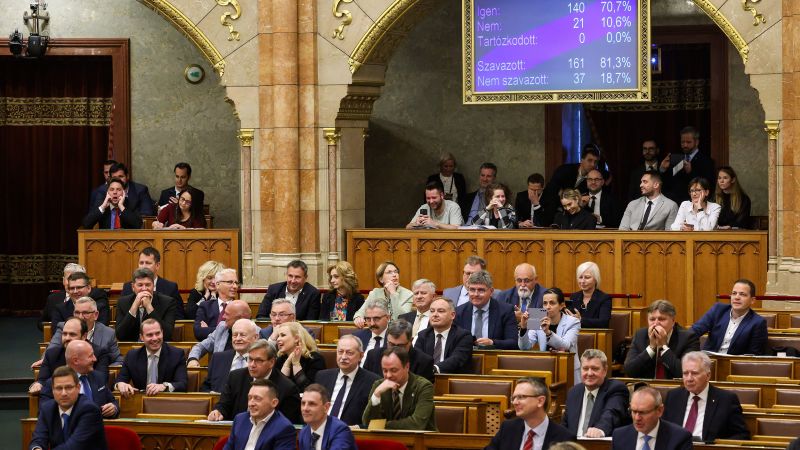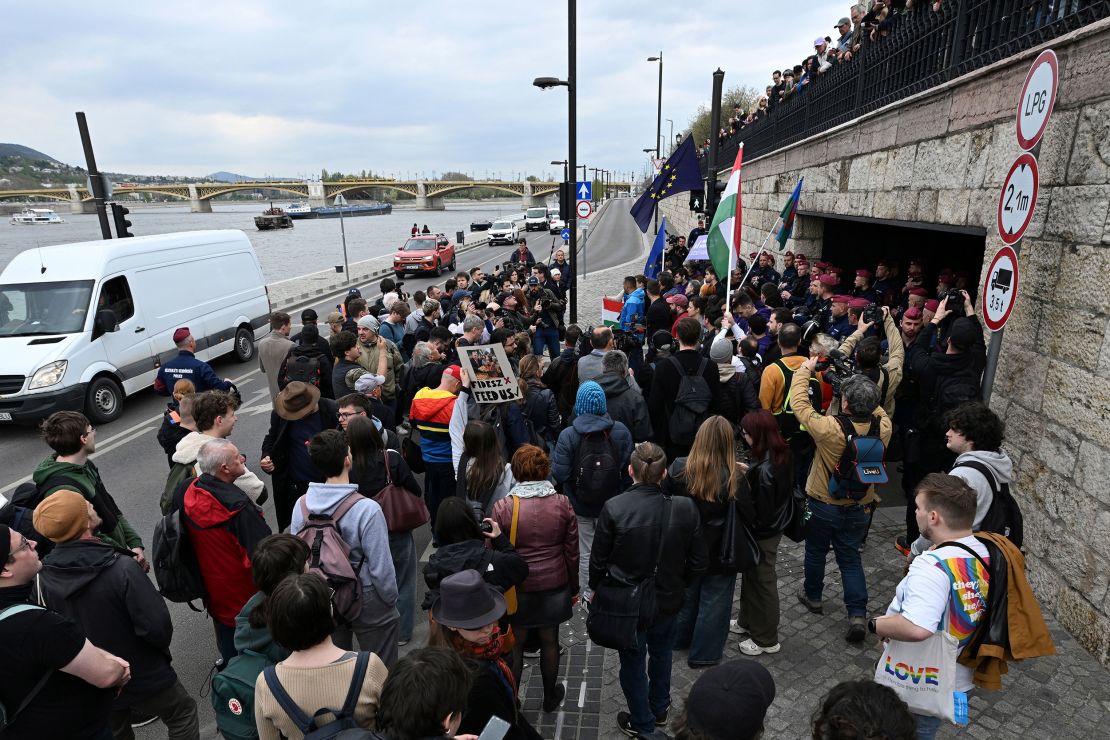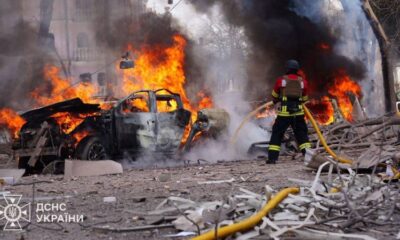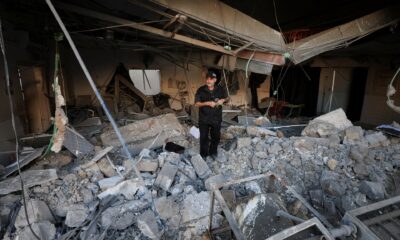CNN
—
Survival guides, stockpiling and mass evacuation drills. Europe is scrambling to prepare its citizens for the growing threat of conflict arriving on its doorstep.
Several European nations have been offering sobering guidance in recent months – envisioning garages and subway stations transformed into bunkers and promoting psychological resilience.
One overarching message is the need for a change in the population’s mentality to become war ready. As NATO Secretary-General Mark Rutte told security experts in Brussels in December: “It is time to shift to a wartime mindset.”
It comes as European leaders fear that Russian President Vladimir Putin, emboldened by gains in Ukraine, could try to push further into the continent, while Europe’s longtime and powerful ally, the United States, adopts a more hostile stance to maintaining European security, raising doubts over how far it would be willing to intervene should a NATO country be invaded.
But questions remain over how effective these contingency plans would really be, and – moreover – whether civilians will take the guidance seriously.
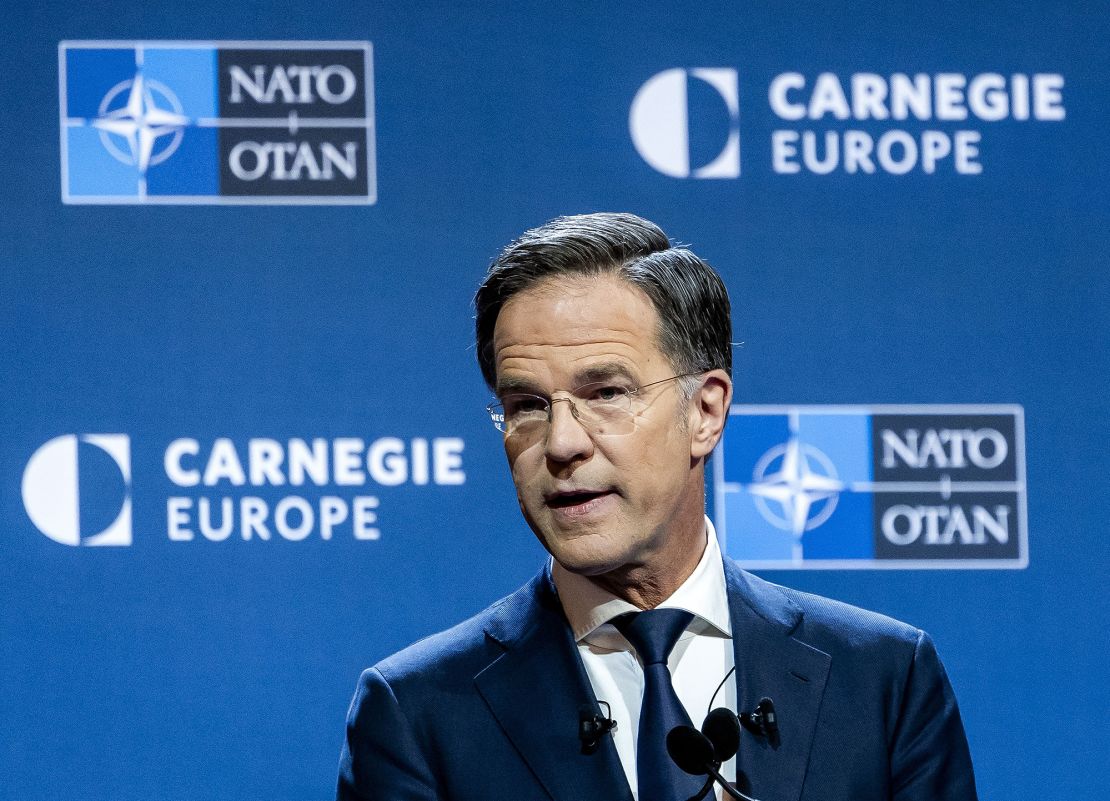
‘Go indoors, close all windows and doors’
The European Commission has urged all citizens to stockpile enough food and other essential supplies to sustain them for at least 72 hours in the event of a crisis. In guidance released in March, the commission stressed the need for Europe to foster a culture of “preparedness” and “resilience.”
It came as individual countries have also been putting their own guidance in place for emergencies, including conflict.
Last June, Germany updated its Framework Directive for Overall Defense, giving directions on what to do should conflict break out in Europe. The document envisions the complete transformation of daily life for German citizens in the event of war.
Sweden has issued a survival guide titled, “If Crisis or War Comes.” The pamphlet was distributed to millions of households in November, after being updated for the first time in six years due to increasing military threat levels.
That leaflet instructs Swedes on how warnings would be issued in the event of war, including an outdoor alert system which it says is operational in most areas. “Go indoors, close all windows and doors and, if possible, switch off the ventilation. Listen to Swedish public broadcaster Sveriges Radio, channel P4 for more information,” the pamphlet instructs.
It offers advice on where to seek shelter during an air raid, including cellars, garages and underground metro stations. If caught outside with no immediate cover, it advises to lie on the ground, “preferably in a small pit or ditch.”
Specific advice is given to Swedish citizens regarding attacks using nuclear weapons, telling them to “take cover as you would during an air raid. Civil defense shelters provide the best protection.” It adds: “Radiation levels will lower drastically after a couple of days.”
It also includes tips on evacuation, how to stop bleeding, dealing with anxiety, and how to speak to children about crisis and war.
For Finland – which shares a 1,340-kilometer (830-mile) border with Russia, the longest of all NATO member states – the defense of its sovereignty against Moscow has long been part of the country’s psyche.
The country has been preparing for the possibility of a conflict with Russia for decades. Since the 1950s, the construction of bomb shelters under apartment blocks and office buildings has been mandatory.

But certainly, the Nordic state, which joined NATO in 2023 after decades of nonalignment, has been accelerating its state of readiness since Russia’s full-scale invasion of Ukraine in 2022.
Two years ago, prompted by Russia’s war, the Finnish government took stock of its available emergency shelters, finding it had a total of 50,500 – which could shelter a possible 4.8 million people in a country of 5.6 million.
Helsinki’s interior ministry also issued new crisis guidance in November, giving readers advice on how to prepare for long power cuts, water outages, telecommunications disruptions, extreme weather events and military conflict.
While nations have updated their civilian protection guidance, there remains no guarantee on how much attention individuals will pay to it.
Claudia Major, senior vice president for transatlantic security at the German Marshall Fund, told CNN that the advice from the countries must be taken seriously. Major pointed to the need to be prepared for not only a direct military threat from Russia but also what she called the “grey zone” between war and peace – encompassing lower levels of aggression and hybrid warfare.
However, she added: “The fine line to walk obviously is to increase preparedness without going into alarmism and catastrophizing. We want people to be aware, we don’t want them to be freaked out.”
For some countries, particularly those caught in Moscow’s sphere of influence, the threat from Russia feels more tangible. For others, it’s harder to grasp.
Major points to Finland – which lost territory to Russia during the Winter War in 1939-40 – and the Baltic nations, which were annexed by the Soviet Union between 1940 and 1991, as countries where the threat from Russia is more embedded in what she called the countries’ “DNA.”
“The existential threat, the fear of being overrun, of disappearing from the map, is very real in the Baltic states. They wonder why other countries don’t get it,” she said.
“The Finns, for the entire Cold War period, took defense seriously,” Major added. “Why are we all going to Finland now and looking at their bunker system and their stocks of medication and their reservist system? They learned from history; nobody is going to help us. We have to do it on our own.”
Major named Portugal, Italy and the United Kingdom as countries where the threat from Russia is less present in the national consciousness. Italy, she says, is more concerned with the threat from terrorism and instability from fragile states close to the country’s southern border. “It’s far closer to them,” she said. “It’s more of a problem for their stability, prosperity, domestic politics.”
The mainland UK, an island nation, was last invaded by a foreign power in 1066, while for many countries in Western Europe, they were invaded during the Second World War. This means living generations have less experience from which to draw on and its civilians may be less likely to take heed of any government advice.
“The question is how do you change the DNA of a country, that’s the crucial question,” Major said.
‘Protect and survive’
The effectiveness of such civilian protection plans also remains unclear. In the past, they have even been met with ridicule.
For decades during the Cold War era, the British government provided official information for its citizens to protect themselves against the nuclear Soviet threat.
The most prominent British public information source was known as the “Protect and Survive’” campaign, produced between 1974 and 1980. The series offered information on the dangers of nuclear fallout, instructions to follow in the hours and days after a nuclear attack, and a plan for survival.
A pamphlet published in May 1980 included tips on how to build a makeshift fallout room in your home, including a so-called inner refuge to protect from radioactive dust.
The campaign became the subject of criticism for offering unrealistic advice and presenting a false sense of optimism in the face of nuclear annihilation. It was long satirized in British popular culture.

British researcher Taras Young, author of the book “Nuclear War in the UK,” told CNN how ‘Protect and Survive’ was created as a multimedia campaign in the 1970s but was never meant to be made public until there was a high probability of nuclear war.
However, after Prime Minister Margaret Thatcher came to power in 1979, Britain’s The Times newspaper demanded the government publish the booklets. “As a result, it was published at a time when there wasn’t an imminent threat of attack, so people looked at it through a different lens,” Young said. For that reason, he believes, there was more of a “cultural backlash” against it, adding that it was even ridiculed in popular British sitcoms.
Young pointed to the UK government’s advice to whitewash windows to help stop the spread of heat from a nuclear blast as one of the more comical suggestions. Civilians were instructed to “coat windows inside with diluted emulsion paint of a light color so that they will reflect away much of the heat flash, even if the blast which will follow is to shatter them.”
In comparison, Young sees Europe’s modern-day advice – including the UK’s guidance on preparing for emergencies – as more realistic, and incorporating more of the important psychological aspects, such as how to deal with trauma.
For Major, the need to prepare civilians for external threats – particularly in the “grey zone” area – can’t be stressed enough.
“We tend to look at the military (aspect), but we are terribly vulnerable in the grey zone. So what we have to think about is deterrence, defense and resilience. And this particularly implies a greater preparedness of society.”
She adds, “If the society is not willing and not ready to support a war like the Ukrainian society is doing at the moment, we will not prevail.”


